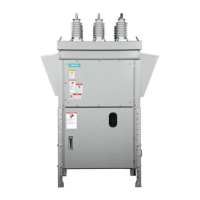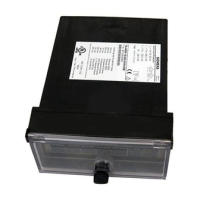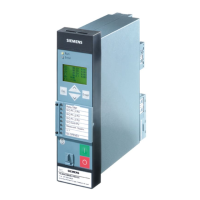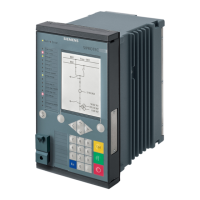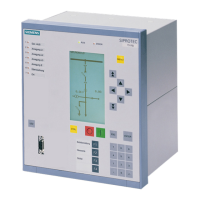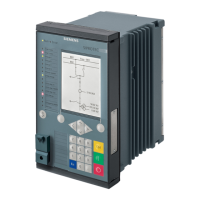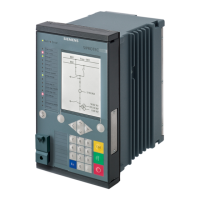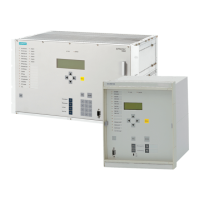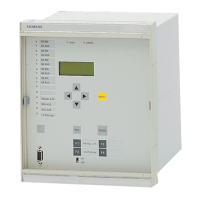54
Notes on installation and use
• Connect existing cable shield according to the manufacturer‘s information
regarding the frequency converter.
• Avoid the use of manually operated switchgear for normal switching in order
to reduce the duration of making and breaking asymmetries to a minimum.
• Use all-pole contactors or switchgear with a snap-action mechanism.
• Own power supply connection for the actuator (asymmetry in the network
causes additional leakage currents)
• Inrush current limitation can reduce the dynamic leakage currents upon
making.
• Distribute the circuits over a number of RCCBs (keep the number of actuators
after an RCCB as low as possible).
• Avoid switching on several frequency converters downstream of one RCCB
simultaneously (or at least use inrush current limitation).
• Use a common EMC lter for several loads (leakage current is usually lower
than the sum of individual lters).
Select as low a clock frequency as possible, in particular for Type B+ residual
current protection devices (if usable for the application). Depending on the
circumstances, an overall more favorable behavior can be achieved with higher
clock frequencies with Type B residual current protection devices which exhibit
a tripping value which increases with the frequency, in spite of higher capacitive
leakage currents. In any case, care must be taken to avoid resonance frequency
ranges when setting EMC lters.
If possible, return all leakage currents to the frequency converter via the PE
connection in order to maximize the effect of the ltering measures and prevent
the occurrence of undened leakage currents.
Sinewave lters in the outgoing feeder of the frequency converter reliably lter
out the switching frequency and its harmonics to produce almost sinusoidal
output voltages and currents. EMC requirements can then usually also be satised
with unshielded cables. This leads to a signicant reduction in capacitive leakage
currents downstream of the frequency converter (e.g. due to the cable capacitance
per unit length). In some cases, it is even possible to dispense with the line lter
on the input side and thus reduce the stationary and dynamic leakage currents
still further. Output reactors, dv/dt lters, or Nanoperm lters can be used as an
alternative to sinewave lters, although they are less effective.

